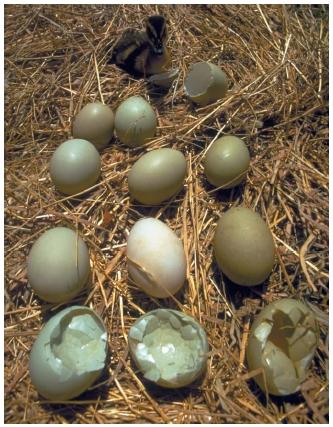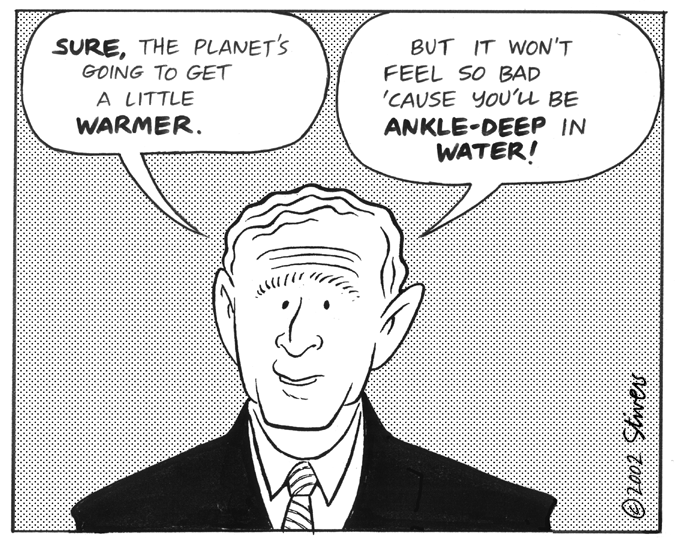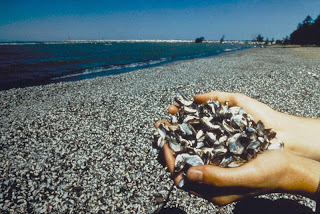Ethology
- - The study of behavior in animals
- The study of behavior in animals 
Ethology is a combination of laboratory and field science
Behavior - the way in which a person, organism, or group responds to a specific set
of conditions
Innate - relating to qualities that a person or animal is born with. coming directly from
the mind rather than being acquired by experience or external sources
Automatic, fixed behavior. Despite difference in habitat, all individuals exhibit the
same behavior usually triggered by a stimulus.
Fixed Action Patterns (FAP)- Sequence of behaviors essentially unchangeable and
usually conducted to completion once started
Sign Stimulus - a release that triggers FAP
 Learned - acquired information or skills through experience.
Learned - acquired information or skills through experience.Modified from experience. Triggered by an experience and it varies.
(Behavior is a part of phenotype)
Pioneers
 Karl Von Frisch
Karl Von FrischHe studied the senses of bees, identified their mechanisms of communication and showed their sensitivity to ultraviolet and polarized light. His work was based on the study of the sensory perceptions of the honey bee and was one of the first who translated the meaning of the waggle dance The theory was disputed by other scientists and greeted with skepticism at the time. Only recently was it definitively proved to be an accurate theoretical analysis
Waggle Dance - figure-eight dance of the honeybee dance demonstrates the will to share with their hive mates the information about the direction and distance to patches of flowers yielding nectar or pollen, or both, and to water sources. Thus the waggle dance is a mechanism whereby successful foragers can recruit other bees in their colony to good locations for collecting various resources.
 Niko Tinbergen
Niko TinbergenWell known for work with birds as well as developing the four questions to be asked when observing the behavior of an animal/species:
Proximate Questions
1. What are the stimuli that elicit the response, and how has it been modified by recent learning?
2. How does the behaviour change with age, and what early experiences are necessary for the behaviour to be shown?
Ultimate Mechanisms
3. How does the behaviour compare with similar behaviour in related species, and how might it have arisen through the process of phylogeny?
4. How does the behaviour impact on the animal's chances of survival and reproduction?
 Konrad Lorenz
Konrad Lorenz
Lorenz studied instinctive behavior in animals, especially in grey lag geese and jackdaws. Working with geese, he rediscovered the principle of imprinting in the behavior of nidifugous birds.
One result of these studies was that Lorenz "realised that an overpowering increase in the drives of feeding as well as of copulation and a waning of more differentiated social instincts is characteristic of very many domestic animals."
Imprinting - a form of rapid learning very early in an animal's social development that results in strong behavioral patterns of attraction to members of its own species, especially parents.
Imprinting was first described by Konrad Lorenz in 1937 when he trained young ducks and geese to follow him and regard him as their mother.
Isopods:
Iso is Greek for "similar or equal." Pod means "foot." Both sides have the same number of legs.Arthropod: One of the most diverse orders of crustaceans, with many species living in all environments, but are most common in shallow marine waters. Unlike most crustaceans, isopods are successful on land, although their greatest diversity remains in the deep sea.
Appearance: Isopods have three main body parts; the head, thorax, and the abdomen. They have one prominent pair of antennae which are used to search and taste and smell food and have a second pair which are not seen. and seven pairs of legs. Isopods have seven separate appendages on the thorax and paired appendages at the end of the abdomen called uropods. Isopods vary in colour from dark gray to white, with and without pattern.
Behavior: Some species roll up into a ball when disturbed. Eggs (up to 100) are held in broad pouch on female. Juveniles look like adults and are soon liberated from pouch. Molting is in two stages. First the back half molts, then two to three days later, the front half molts. Coloration of both halves may be different at this time. Many species are fast walkers, but can be easily observed when held in the palm of the hand.
Habitat: Isopods breathe with gills, so they are restricted to areas with high humidity, under
rocks or logs, in leaf litter or in crevices. Some species are nocturnal.
Some Videos:
Isopods:
Waggle Dance:
http://youtube.com/watch?v=-7ijI-g4jHg
Tomorrows Sherpa is Marc
 - The study of behavior in animals
- The study of behavior in animals 
 Learned - acquired information or skills through experience.
Learned - acquired information or skills through experience.


























































 Fish appeared over 450 MYA on Earth.
Fish appeared over 450 MYA on Earth.







